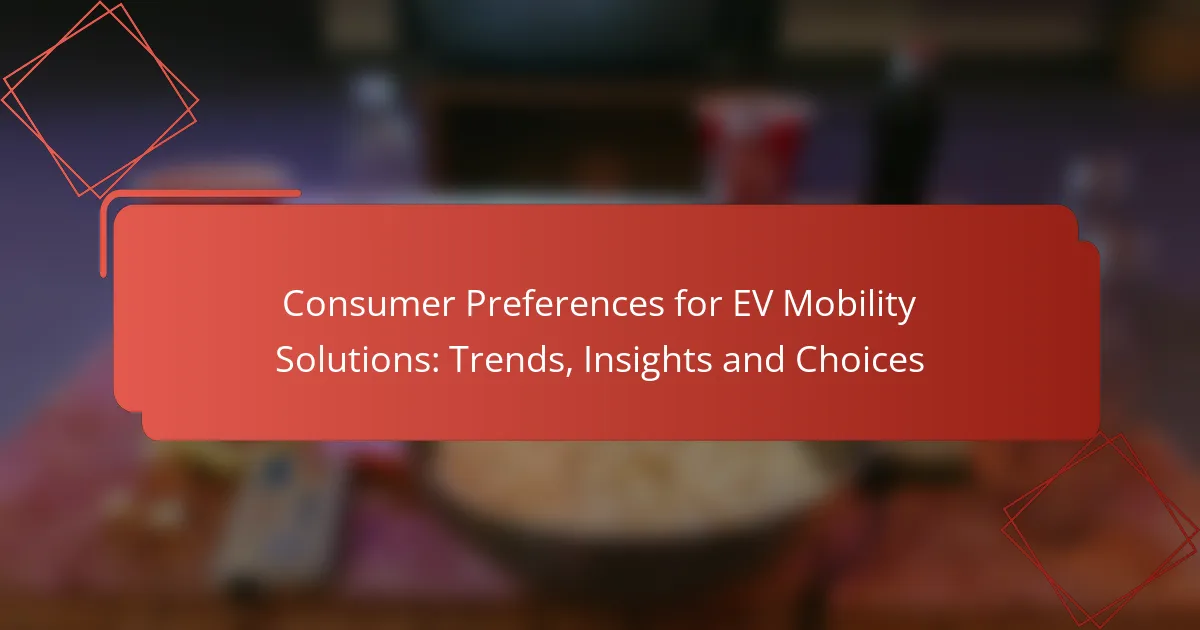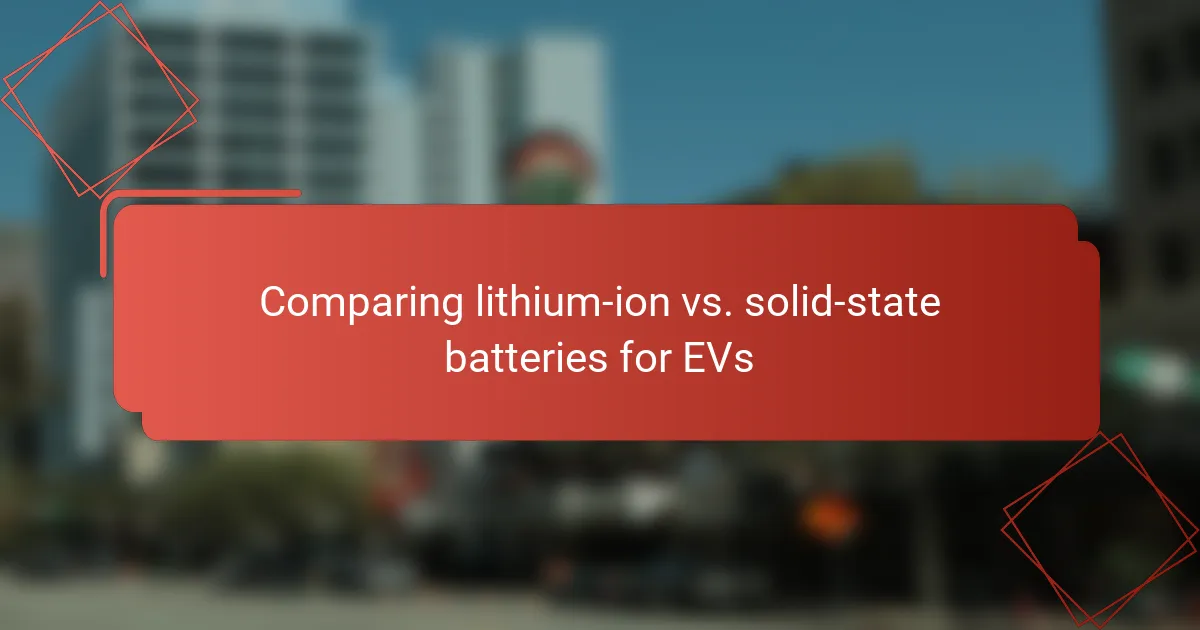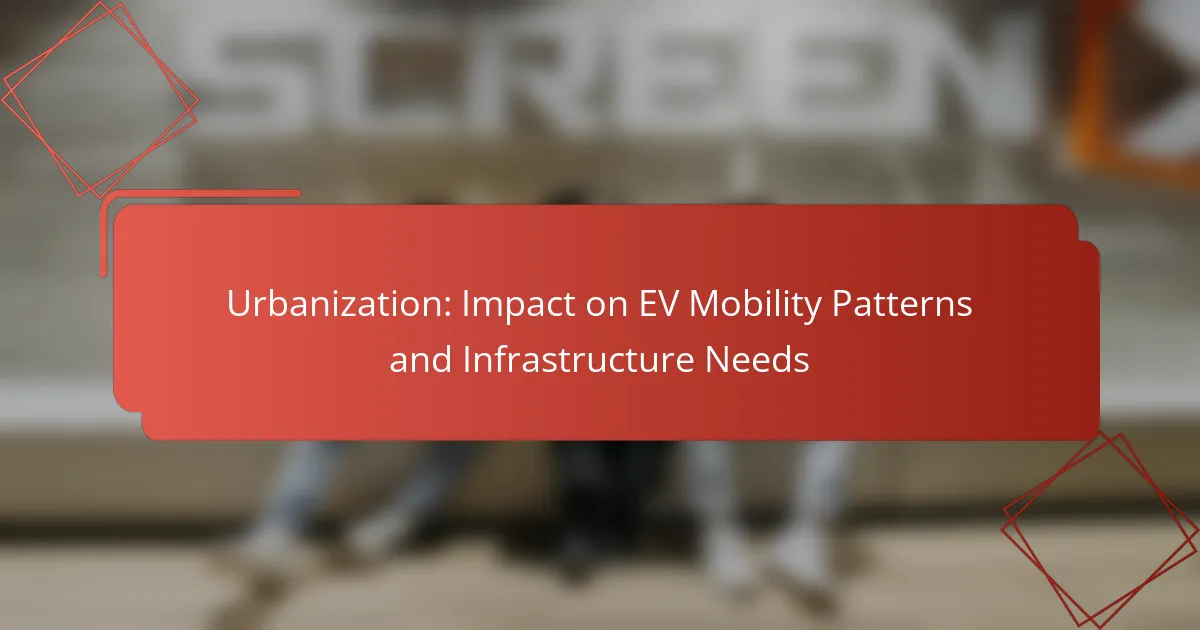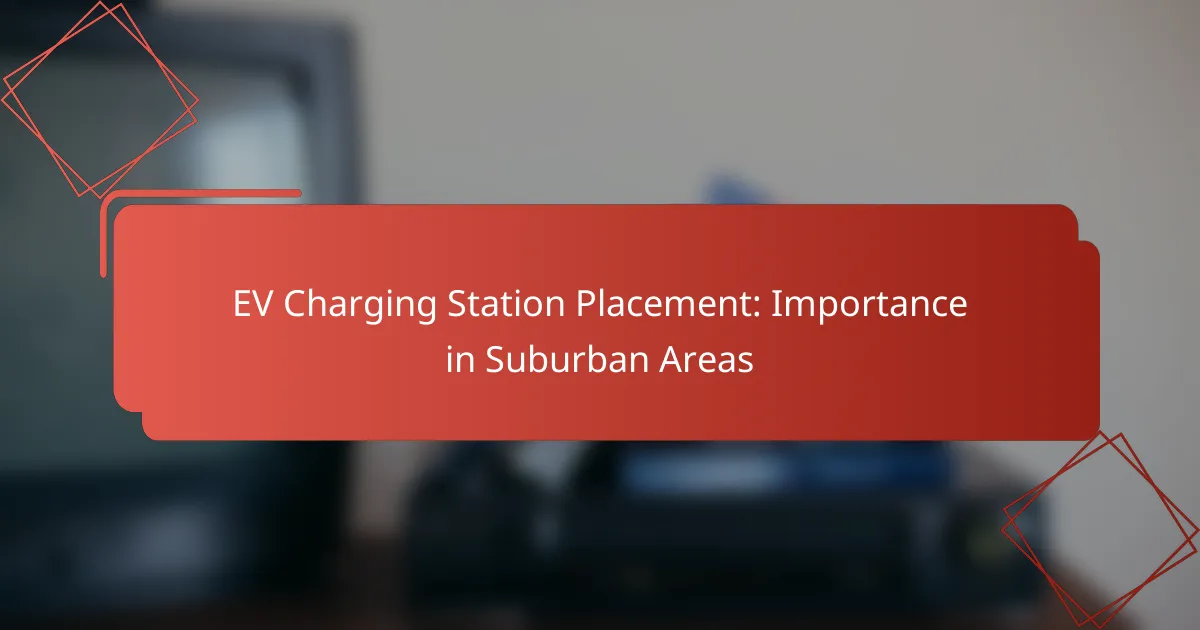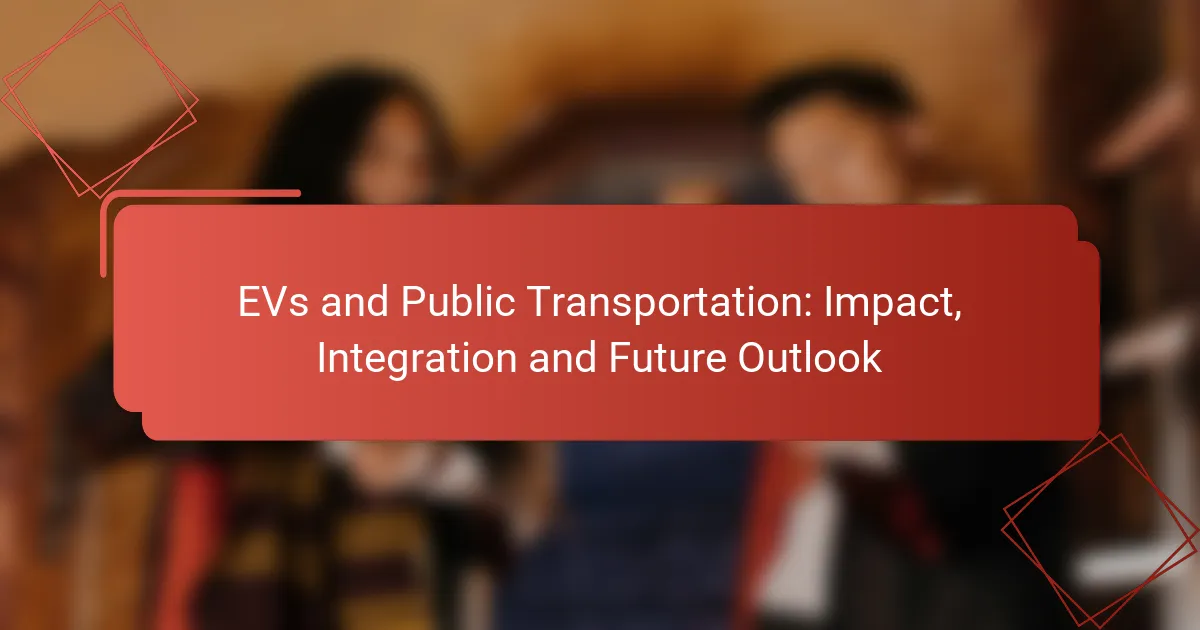The lifecycle of electric vehicle (EV) batteries includes critical stages such as manufacturing, usage, and end-of-life … Understanding the lifecycle of EV batteries and recycling optionsRead more
As we navigate through 2023, the landscape of electric vehicle (EV) infrastructure is rapidly evolving, driven by a focus on accessibility, sustainability, and efficiency. The increasing deployment of charging stations, integration of renewable energy sources, and advancements in smart charging technologies are pivotal in reshaping transportation systems and user behaviors. However, challenges such as high installation costs and regulatory hurdles continue to pose significant obstacles to the growth of this vital infrastructure.
Smart Home Technology: Savings, Efficiency and Charging Costs
Smart home technology offers a transformative approach to managing household expenses by improving energy efficiency and … Smart Home Technology: Savings, Efficiency and Charging CostsRead more
Consumer Preferences for EV Mobility Solutions: Trends, Insights and Choices
The landscape of electric vehicle (EV) mobility solutions is rapidly evolving, driven by trends such as … Consumer Preferences for EV Mobility Solutions: Trends, Insights and ChoicesRead more
Comparing lithium-ion vs. solid-state batteries for EVs
The electric vehicle (EV) market is currently dominated by lithium-ion batteries, known for their established technology … Comparing lithium-ion vs. solid-state batteries for EVsRead more
Public Funding: Effectiveness for EV Infrastructure Projects
Public funding plays a crucial role in the development of electric vehicle (EV) infrastructure, facilitating the … Public Funding: Effectiveness for EV Infrastructure ProjectsRead more
How battery technology affects the range of electric vehicles
Battery technology plays a crucial role in determining the range of electric vehicles (EVs), as it … How battery technology affects the range of electric vehiclesRead more
Urbanization: Impact on EV Mobility Patterns and Infrastructure Needs
Urbanization plays a crucial role in shaping electric vehicle (EV) mobility patterns, as the increasing population … Urbanization: Impact on EV Mobility Patterns and Infrastructure NeedsRead more
EV Charging Station Placement: Importance in Suburban Areas
EV charging station placement is essential in suburban areas to provide electric vehicle users with easy … EV Charging Station Placement: Importance in Suburban AreasRead more
Ride-Sharing Platforms: Role in Promoting EV Adoption and User Engagement
Ride-sharing platforms are pivotal in advancing electric vehicle (EV) adoption through the integration of EVs into … Ride-Sharing Platforms: Role in Promoting EV Adoption and User EngagementRead more
EVs and Public Transportation: Impact, Integration and Future Outlook
The integration of electric vehicles (EVs) into public transportation is transforming urban mobility by enhancing efficiency … EVs and Public Transportation: Impact, Integration and Future OutlookRead more
What Are the Key EV Infrastructure Trends in 2023?
In 2023, key trends in electric vehicle (EV) infrastructure focus on enhancing accessibility, sustainability, and efficiency. These trends include increased deployment of charging stations, integration of renewable energy, and advancements in smart charging technologies.
Increased Charging Station Deployment
The deployment of charging stations is rapidly expanding to meet the growing demand for electric vehicles. Cities and regions are prioritizing the installation of public charging points, with many aiming for thousands of new stations in the coming years. This expansion is crucial for alleviating range anxiety among potential EV buyers.
Private companies are also investing heavily in charging infrastructure, often collaborating with local governments. For instance, partnerships may lead to charging stations being installed at retail locations, workplaces, and residential areas, making charging more convenient for users.
Integration of Renewable Energy Sources
Integrating renewable energy sources into EV charging infrastructure is becoming increasingly common. Solar and wind energy can power charging stations, reducing reliance on fossil fuels and lowering overall emissions. This approach not only supports sustainability goals but can also lead to cost savings in energy expenses.
Many charging networks are exploring energy storage solutions to balance supply and demand. For example, using battery storage systems can help manage peak loads and provide energy during high-demand periods, enhancing the reliability of charging services.
Expansion of Fast Charging Networks
Fast charging networks are expanding to allow EV owners to recharge their vehicles quickly, typically within 30 minutes. This is essential for long-distance travel and is often a deciding factor for consumers considering an electric vehicle. Fast chargers are being installed along highways and major routes to facilitate seamless travel.
Many new fast charging stations are equipped with multiple charging ports, enabling simultaneous charging for several vehicles. This reduces wait times and improves the overall efficiency of the charging process, making it more appealing for EV users.
Smart Charging Solutions
Smart charging solutions are gaining traction, allowing for more efficient energy use and better integration with the grid. These systems can optimize charging times based on electricity prices, grid demand, and renewable energy availability. Users can schedule charging during off-peak hours to save costs.
Additionally, smart charging can facilitate vehicle-to-grid (V2G) technologies, where EVs can return energy to the grid during peak demand. This not only enhances grid stability but also provides potential financial incentives for EV owners.
Government Incentives and Policies
Government incentives and policies play a crucial role in promoting EV infrastructure development. Many countries are offering tax credits, rebates, and grants to encourage the installation of charging stations and the purchase of electric vehicles. These incentives can significantly lower the initial costs for both consumers and businesses.
Regulatory frameworks are also evolving to support EV infrastructure. For example, some regions are implementing mandates for new buildings to include EV charging capabilities. Staying informed about local policies can help stakeholders take advantage of available incentives and ensure compliance with regulations.
How Is Mobility Evolving with EV Adoption?
Mobility is evolving significantly due to the widespread adoption of electric vehicles (EVs), which are reshaping transportation systems and user behaviors. This transition is driven by the need for sustainable solutions, technological advancements, and changing consumer preferences.
Rise of Mobility-as-a-Service (MaaS)
Mobility-as-a-Service (MaaS) is gaining traction as it integrates various transportation services into a single accessible platform. Users can plan, book, and pay for multiple modes of transport, including EVs, public transit, and ride-sharing, all from one app.
This model enhances convenience and encourages the use of sustainable transport options. For example, cities like Helsinki have implemented MaaS solutions that allow users to seamlessly combine train, bus, and bike services, promoting a shift away from car ownership.
Integration of Autonomous Vehicles
The integration of autonomous vehicles (AVs) is transforming mobility by increasing safety and efficiency on the roads. As EV technology advances, many manufacturers are developing self-driving capabilities that complement electric powertrains.
For instance, companies like Waymo and Tesla are testing AVs in urban environments, aiming to reduce traffic congestion and lower emissions. The combination of EVs and AVs could lead to a future where shared autonomous electric fleets dominate urban transport.
Shift Towards Shared Mobility Solutions
Shared mobility solutions, such as car-sharing and ride-hailing services, are becoming more popular as consumers seek cost-effective and eco-friendly alternatives to traditional vehicle ownership. These services often utilize electric vehicles, aligning with sustainability goals.
For example, platforms like Zipcar and Turo offer users access to EVs for short-term rentals, reducing the overall number of cars on the road. This shift not only lowers emissions but also encourages more efficient use of resources, making urban areas more livable.
What Are the Challenges Facing EV Infrastructure Development?
EV infrastructure development faces several significant challenges that can hinder its growth and effectiveness. Key issues include high installation costs, grid capacity limitations, and regulatory hurdles that can complicate the deployment of charging stations and related technologies.
High Installation Costs
The installation costs for EV charging stations can be substantial, often ranging from several thousand to tens of thousands of dollars per unit. These expenses include equipment, labor, and site preparation, which can deter businesses and municipalities from investing in infrastructure.
To mitigate these costs, stakeholders can explore partnerships with local governments or utility companies that may offer incentives or subsidies. Additionally, leveraging existing infrastructure, such as repurposing parking lots or utilizing shared spaces, can help reduce overall expenses.
Grid Capacity Limitations
Many regions face grid capacity limitations that restrict the number of EV charging stations that can be installed without risking overload. As EV adoption increases, the demand for electricity can strain existing infrastructure, especially during peak usage times.
To address these limitations, utilities may need to invest in grid upgrades or smart grid technologies that allow for better load management. Implementing demand response programs can also help balance the load by shifting charging times to off-peak hours.
Regulatory Hurdles
Regulatory hurdles can significantly impact the pace of EV infrastructure development. Local, state, and federal regulations may impose strict requirements on installation sites, permitting processes, and operational standards, which can delay projects.
Stakeholders should stay informed about the regulatory landscape and engage with policymakers to advocate for streamlined processes. Understanding local zoning laws and utility regulations can also help navigate potential challenges more effectively.
How Do Different Regions Compare in EV Infrastructure?
Regions vary significantly in their electric vehicle (EV) infrastructure, influenced by government policies, market demand, and technological advancements. Understanding these differences helps stakeholders identify opportunities and challenges in the EV landscape.
North America vs. Europe
North America has been slower to adopt EV infrastructure compared to Europe, where countries like Norway and the Netherlands lead in charging station density and government incentives. In the U.S., the focus is shifting towards expanding charging networks, with plans for thousands of new stations funded by federal initiatives.
Europe benefits from a more cohesive regulatory framework, promoting EV adoption through subsidies and stringent emissions targets. As a result, many European cities are implementing low-emission zones, encouraging drivers to switch to electric vehicles.
Asia-Pacific Market Dynamics
The Asia-Pacific region, particularly China, is a powerhouse in EV infrastructure development, with the largest number of charging stations globally. Chinese manufacturers lead in battery technology and production, driving down costs and increasing EV adoption rates.
Countries like Japan and South Korea are also investing heavily in EV infrastructure, focusing on fast-charging networks and smart grid technology. These advancements are crucial for supporting the growing demand for electric vehicles in urban areas.
Emerging Markets Potential
Emerging markets present a unique opportunity for EV infrastructure growth, driven by urbanization and increasing environmental awareness. Countries in Southeast Asia and Africa are beginning to invest in charging networks, although challenges such as limited funding and regulatory support remain.
In these regions, partnerships between governments and private companies can accelerate infrastructure development. For instance, pilot projects in cities can demonstrate the viability of EVs and encourage broader adoption, paving the way for future investments.
What Are the Best Practices for EV Infrastructure Planning?
Effective EV infrastructure planning involves strategic site selection, community involvement, and collaboration between public and private sectors. These practices ensure that charging stations are accessible, meet user needs, and contribute to a sustainable mobility ecosystem.
Data-Driven Site Selection
Data-driven site selection utilizes analytics to identify optimal locations for EV charging stations. Factors such as traffic patterns, population density, and existing charging infrastructure should be analyzed to maximize usage and convenience.
Consider using geographic information systems (GIS) to visualize data and identify high-demand areas. For example, placing chargers near shopping centers or major highways can significantly increase their utilization rates.
Community Engagement Strategies
Engaging the community is crucial for successful EV infrastructure planning. This can involve public meetings, surveys, and partnerships with local organizations to gather input on charging station locations and features.
Effective strategies include hosting informational workshops to educate residents about EV benefits and gathering feedback on their preferences. This approach fosters community support and ensures that the infrastructure meets local needs.
Public-Private Partnerships
Public-private partnerships (PPPs) can enhance EV infrastructure development by combining resources and expertise from both sectors. These collaborations can lead to shared funding models, reducing the financial burden on local governments.
For instance, a city might partner with a charging network provider to install stations at minimal cost. Such arrangements can accelerate deployment while ensuring that charging stations are maintained and updated effectively.


